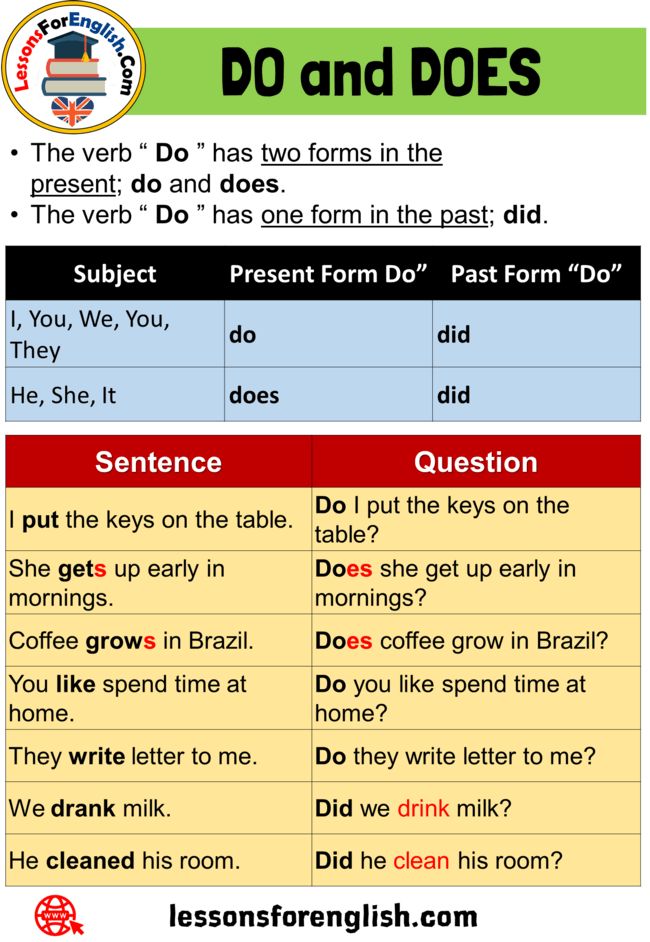Crafting Effective Immigration Recommendation Letters: A Step-by-Step Guide for Success
Introduction: The Importance of a Strong Immigration Recommendation Letter
When an individual applies for an immigration benefit, a well-written recommendation letter can play a pivotal role in their application’s success. Such letters help immigration officials gauge the applicant’s character, achievements, and suitability for the benefit being sought. Whether you’re a family member, employer, professor, or community leader, your letter can provide valuable context about the applicant’s background and potential contributions to society. Understanding the structure, content, and best practices for crafting these letters is crucial for maximizing their effectiveness. [2]
Understanding the Purpose and When to Use a Recommendation Letter
An immigration recommendation letter is often required or strongly encouraged for applications involving family-based immigration, employment-based visas, humanitarian relief, and waivers. The letter serves to endorse the applicant’s character, skills, and potential based on the writer’s direct experience. It can come from various sources, but the writer (also known as the affiant) should have substantial knowledge of the applicant’s life and qualifications. For employment-based applications, a supervisor or industry expert is ideal; for family- or humanitarian-based cases, a close relative, friend, or community member is often appropriate. [1] [5]
Essential Elements of a Persuasive Immigration Recommendation Letter
Every effective immigration recommendation letter should contain several core elements:
- Clear introduction stating the writer’s identity, relationship to the applicant, and legal status.
- Specific examples of the applicant’s positive traits, achievements, or contributions.
- Justification for why the applicant deserves the immigration benefit.
- Concise, sincere endorsement tailored to the benefit being sought.
- Contact information for verification purposes.
Letters typically range from one to two pages and should remain focused, detailed, and current (preferably dated within the last year). [3] [2]
Step-by-Step: How to Write a Recommendation Letter for Immigration
1. Start With a Formal Salutation
Begin your letter with an appropriate greeting. If you know the name of the immigration officer or judge, address them directly (e.g., “Dear Judge Klein”). If not, use a respectful general salutation such as “To Whom It May Concern.” [4]
2. Introduce Yourself and Explain Your Relationship
In the opening paragraph, clearly state your name, occupation, location, and your relationship to the applicant. Mention how long you have known them and in what capacity. If relevant, state your own legal status (e.g., U.S. citizen, lawful permanent resident) for added credibility. [1]
Example:
“My name is Vincent Castillo. I am an accountant living in West Virginia. I am honored to provide this letter on behalf of my cousin, Henry Valdez, who has applied for immigration to the United States from Venezuela. I have known Henry since childhood and can attest to his character and dedication.”
3. Provide Specific Details and Examples
The main body should include detailed anecdotes and examples demonstrating the applicant’s strengths. Tailor these to the purpose of the application:
- For family-based applications: Describe their character, family values, and how they contribute to the household or community.
- For employment-based applications: Highlight professional achievements, skills, and the positive impact on the workplace or industry.
- For humanitarian or waiver cases: Emphasize humanitarian need, rehabilitation, or community service.
Use concrete examples rather than general statements. For example, “During her time volunteering at the local food pantry, Maria consistently demonstrated compassion and reliability, leading several successful community drives.” [4]
4. Justify the Applicant’s Suitability and Need
Explain why the applicant would be a valuable addition to the country or why granting the benefit is justified. This could include their professional expertise, moral character, or unique contributions. If they have overcome significant hardships, mention how these experiences have shaped their outlook and potential.
Example:
“Henry’s dedication to supporting his family and his volunteer work at the local shelter showcase the values and work ethic that would make him a model citizen.”
5. Conclude With a Strong, Sincere Endorsement
End your letter with an unambiguous statement of support for the applicant’s immigration goals. Offer to provide further information if needed, and include your contact details (phone and/or email). [3]

Source: time.com
Example:
“For these reasons, I wholeheartedly recommend Henry Valdez for immigration approval. Please contact me at (555) 123-4567 or john.doe@email.com if you require additional information.”
Best Practices for Content and Formatting
Use a professional tone and avoid exaggerated or unsubstantiated claims. The letter should be typed, signed, and dated. For employment-related letters, include the writer’s business contact information and job title. Attach a business card if possible. [5]
Personalize each letter for the specific benefit or visa being sought. Even if reusing content, update details to reflect the applicant’s current situation and the requirements of each application. [2]
Submission Instructions and Process
The submission process for immigration recommendation letters depends on the specific case and agency instructions. Typically, the letter should be included with the supporting documents required for the application. This can be as a printed letter submitted with a physical application or as a scanned PDF for electronic submissions. Carefully review the guidance provided by the U.S. Citizenship and Immigration Services (USCIS), the Department of State, or any other relevant agency. If you are unsure of the process, you may contact the agency directly or consult with a qualified immigration attorney.

Source: minuteschool.com
If you need to verify submission requirements, you can search for the most current instructions on the official U.S. Citizenship and Immigration Services website or by contacting your attorney. Always ensure that the letter meets the current guidelines and is submitted in the correct format. [3]
Potential Challenges and Solutions
One common challenge is ensuring the letter is specific and not overly generic. Avoid using templates that lack personalization. Instead, draw on first-hand experiences and provide tangible examples.
Another issue is writing from the correct perspective. For employment-based visas, choose a professional reference rather than a relative. If you are unsure about the appropriate writer for a specific visa type, consider consulting with a legal professional or researching recent successful applications for guidance. [5]
If you encounter difficulties in structuring your letter, sample letters and detailed guides are available from established legal resources and immigration support organizations. These can serve as references but should always be adapted to reflect your unique perspective and the applicant’s circumstances.
Alternative Approaches and Additional Support
While a well-crafted letter is valuable, supporting documentation that corroborates the claims made in the letter can further strengthen the application. This may include awards, certificates, or evidence of community service. In complex or high-stakes cases, obtaining multiple letters from varied sources (e.g., employer, community leader, professor) can provide a more comprehensive picture of the applicant’s qualifications. [2]
If you are uncertain about the legal nuances or the impact of a recommendation, contacting a qualified immigration attorney or seeking support from recognized nonprofit organizations may be beneficial. Many attorneys provide initial consultations and can review your draft for compliance and impact.
Key Takeaways and Next Steps
Writing a recommendation letter for immigration is a meaningful responsibility. Focus on crafting a letter that is honest, detailed, and directly relevant to the applicant’s case. Use real examples, provide a clear endorsement, and follow submission guidelines precisely. When in doubt, seek professional guidance or refer to official agency instructions. The right letter can make a significant difference in the outcome of an immigration application.
References
- [1] Immi-USA (2025). Immigration Reference Letter for a Family Member: Sample, Structure, and Tips.
- [2] Boundless (2025). Immigration Recommendation Letter Tips and Best Practices.
- [3] Manifest Law (2024). Immigration Recommendation Letter: Expert Tips + Sample.
- [4] Dupple (2024). How To Write A Reference Letter For Immigration: Tips & Examples.
- [5] LawFirm1 (2025). Immigration Recommendation Letter | Sample Guide.
MORE FROM todayhiring.us













